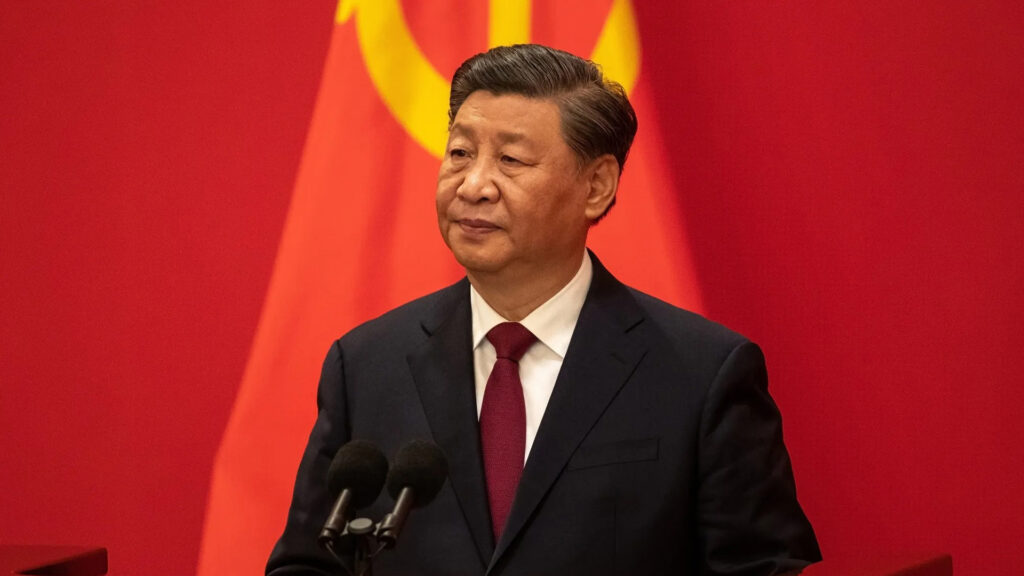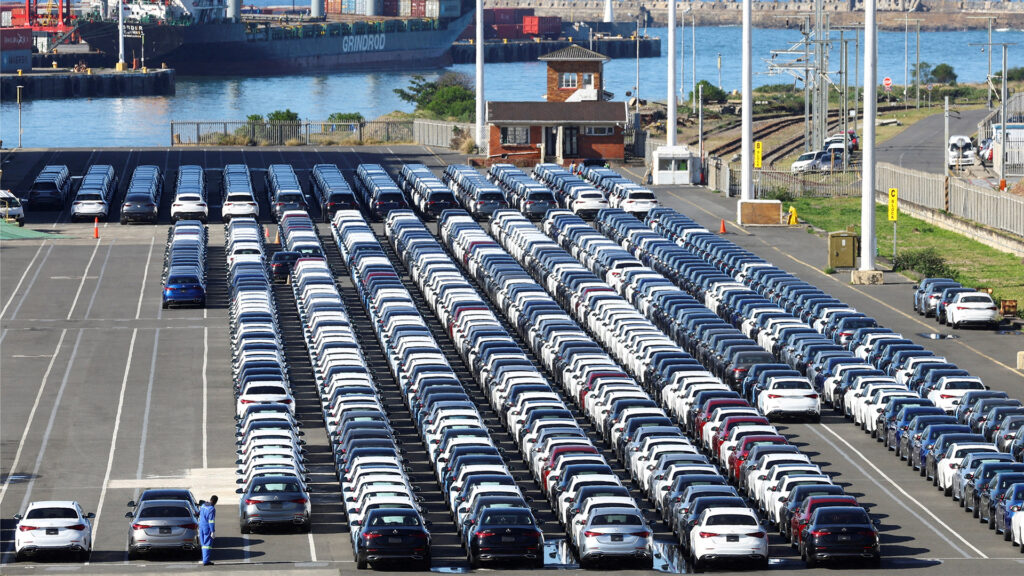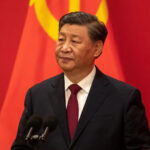In a bold, retaliatory move, Beijing has escalated its trade confrontation with Washington by imposing a 125% tariff on U.S. goods, matching President Donald Trump’s recent tariff hikes.
In an official announcement by the State Council Tariff Commission (No. 6 of 2025), the Chinese government formalized the tariff hike as a direct response to the United States’ “unilateral bullying and coercion.” China’s Finance Ministry reinforced this position, dismissing Washington’s policy as economically irrational and politically motivated.
This sharp escalation intensifies an already fraying global trade landscape, with analysts warning that bilateral trade between the world’s two largest economies is now in economic severance.
Highlights
- China imposes 125% tariffs on all U.S. goods, effective April 12, 2025.
- Chinese Finance Ministry brands U.S. actions as “unilateral bullying” and violating international trade norms.
- China confirms it will no longer respond to further U.S. tariff increases, citing a lack of economic significance.
- Beijing signals broader retaliatory measures: Hollywood film bans, travel advisories, and educational restrictions.
- China accelerates trade and diplomatic engagement with the EU, ASEAN, Gulf, and BRICS nations.
Beijing’s Formal Response: State Council Announcement
According to the announcement released by the State Council Tariff Commission (Tax Commission Announcement No. 6 of 2025), China cited its Tariff Law, Customs Law, and Foreign Trade Law to justify the tariff adjustment:
“Given that at the current tariff level, there is no market acceptance for U.S. goods exported to China. If the U.S. continues to impose tariffs on Chinese goods exported to the U.S., China will ignore it.”
The policy, approved by the State Council, aims to demonstrate China’s legal and administrative basis for its countermeasures while strategically halting its participation in further tariff escalations.
Trade Severed: An Economic Reality
According to the Peterson Institute for International Economics, average U.S. tariffs on Chinese exports are now a staggering 145%, over 40 times higher than pre-2018 levels. China’s corresponding tariffs cover virtually all U.S. imports, rendering two-way trade economically unviable.
UBS analysts view this as a signal of total economic disengagement: “China’s declaration that it would not retaliate in kind is an acknowledgement that trade between the two countries has essentially been completely severed.”
Beyond Tariffs: Broader Retaliation Begins
Though Beijing is halting tit-for-tat tariff measures, it has widened its response to non-tariff retaliation:
- Hollywood Imports Blocked: U.S. films will face import restrictions in China.
- Travel & Education Advisories: Citizens are cautioned against visiting or studying in U.S. regions, including Ohio.
- Service Trade in the Crosshairs: Higher education and tourism will likely decline steeply.
Seeking Global Alliances
President Xi Jinping has intensified diplomatic outreach. In a recent meeting with Spanish Prime Minister Pedro Sanchez, Xi emphasized the importance of countering “unilateral bullying” and strengthening multilateral cooperation.
Key diplomatic and trade engagements include:
- Renewed trade talks with EU Trade Commissioner Maros Sefcovic, potentially resolving disputes on electric vehicles.
- High-level discussions with officials from Malaysia (ASEAN chair), Saudi Arabia, South Africa, and the Gulf Cooperation Council.
- Strengthening partnerships with Vietnam, Malaysia, and Cambodia, with an emphasis on agricultural cooperation and market access.
Strategic Insight: A Shifting Global Order
China’s strategy is to build a trade and diplomatic ecosystem independent of U.S. influence. While Washington doubles down on tariff-based deterrence, Beijing is reorienting toward regional integration and South-South cooperation.
Eric Olander, of the China-Global South Project, noted:
“China’s best offer to Southeast Asia is stability. Don’t underestimate how important that is at a time like this.”
For China, multilateralism and predictable economic partnerships are emerging as a cornerstone of global influence.
Decoupling of U.S.-China trade
With Beijing’s announcement now enshrined in law and Washington showing no signs of pulling back, the decoupling of U.S.-China trade appears to be entering its final stages. While this may reduce dependency, it also introduces volatility and realignment for the global trade order.
Both nations are staking their future economic prosperity on strategic alliances, regional partnerships, and ideological resilience. Whether this strategy succeeds or backfires will shape the 21st-century world economy.







